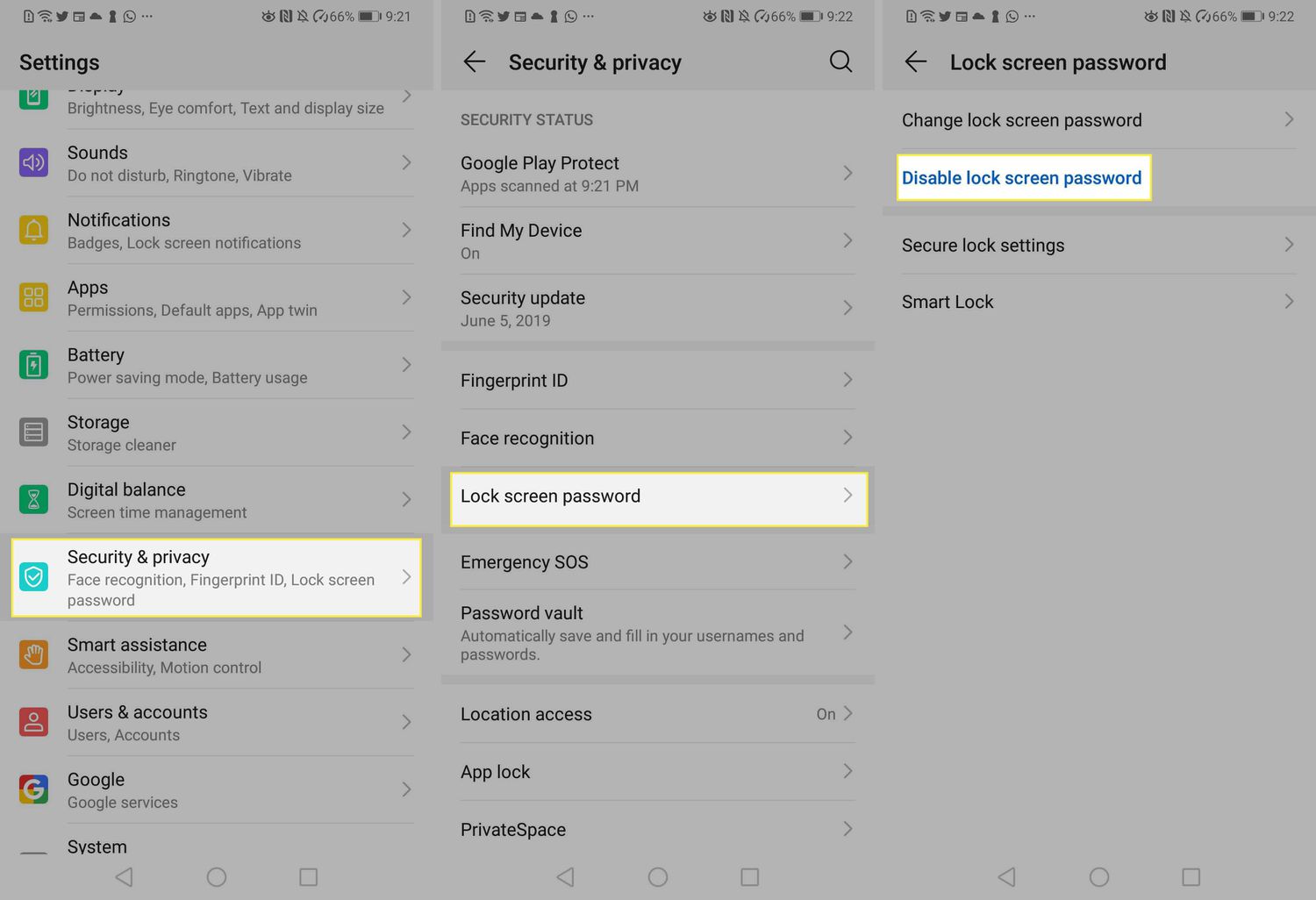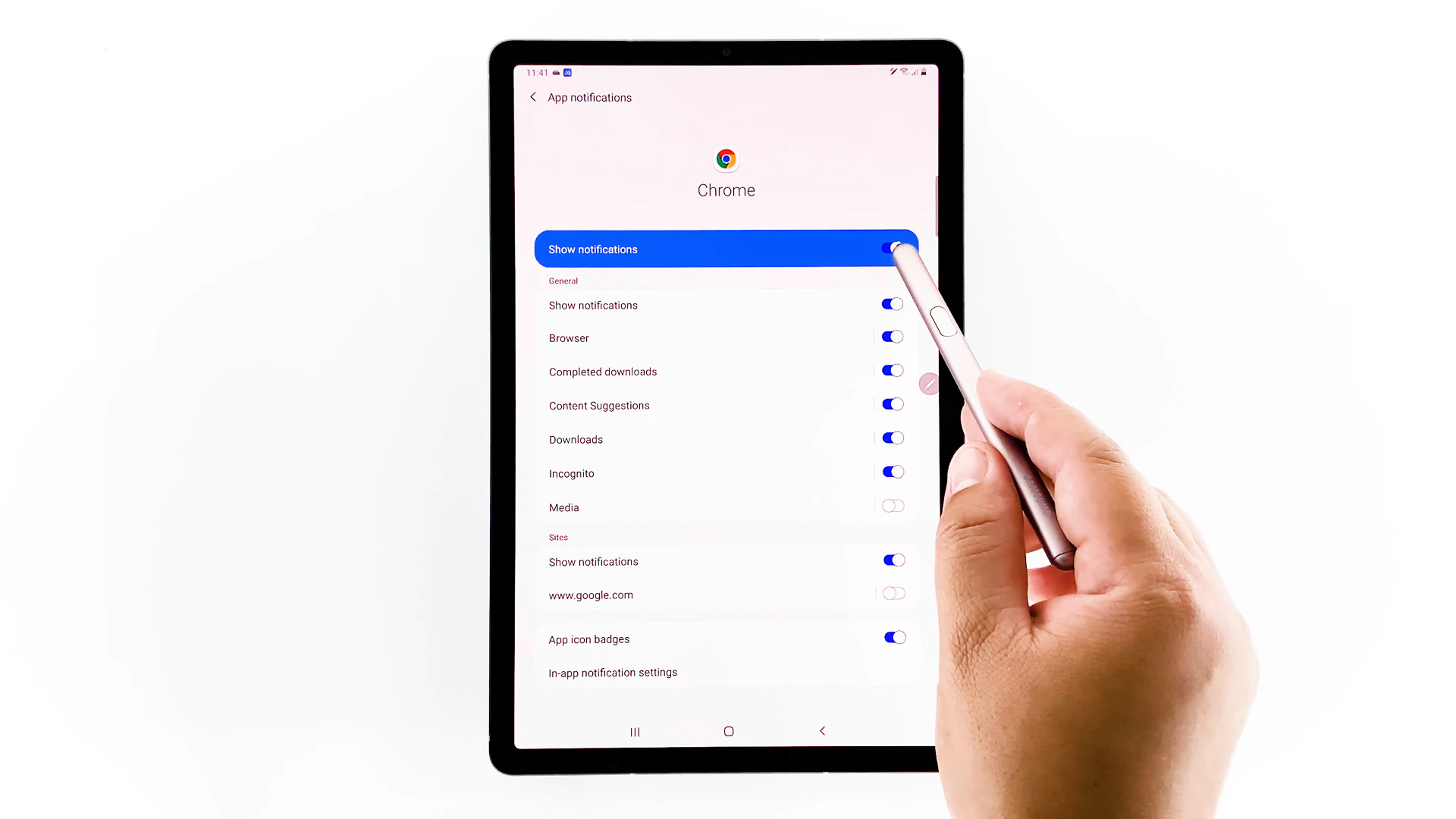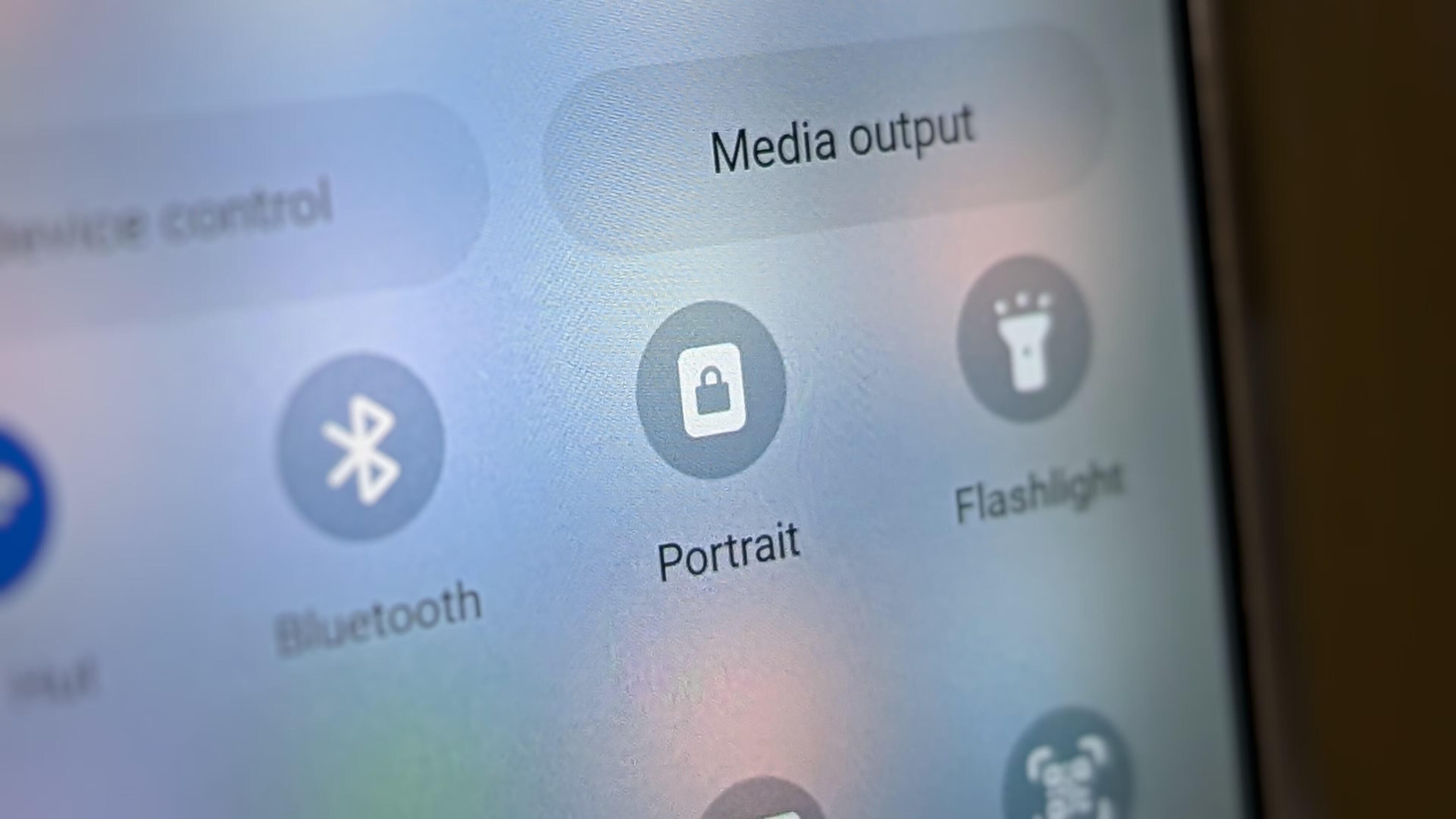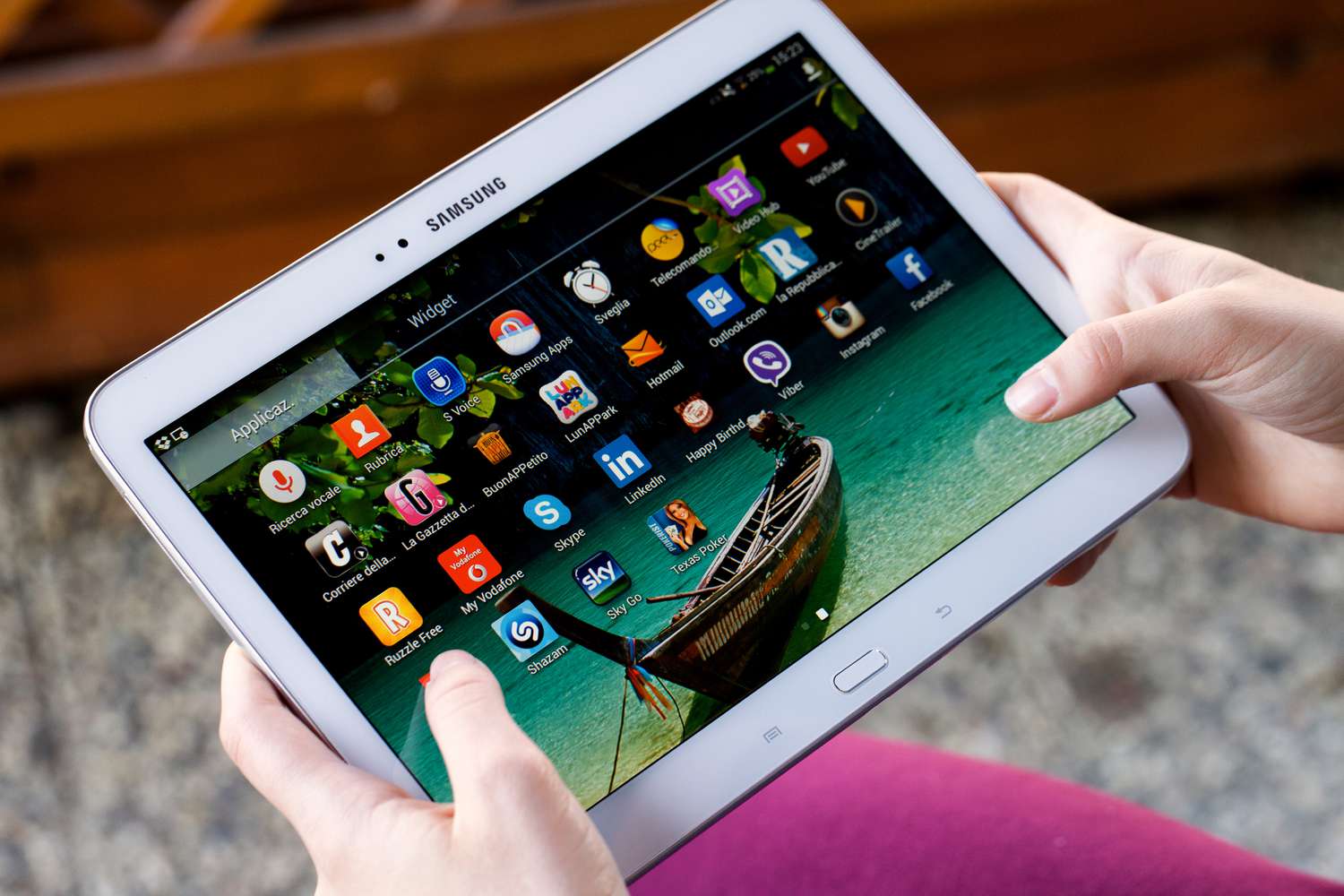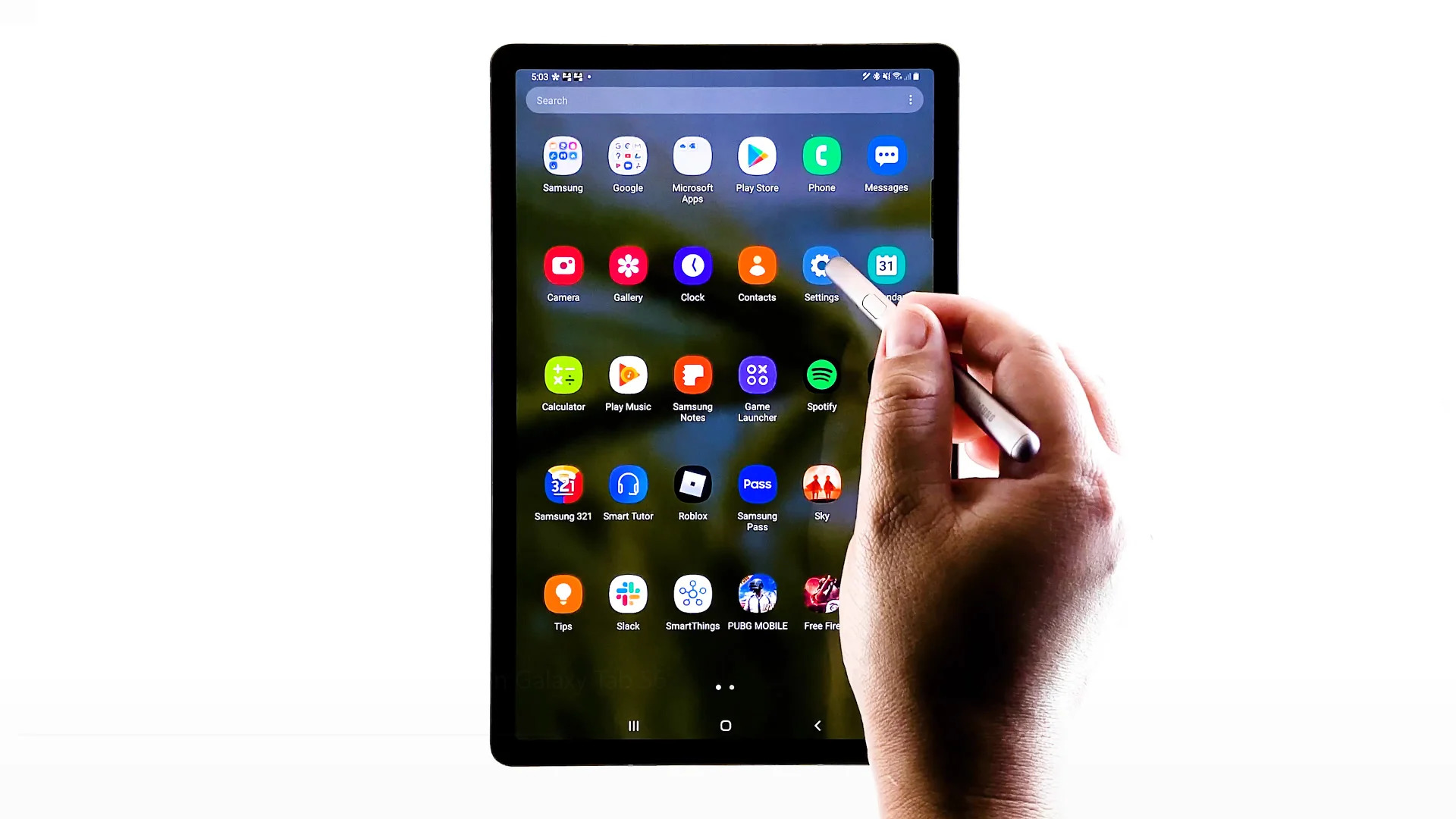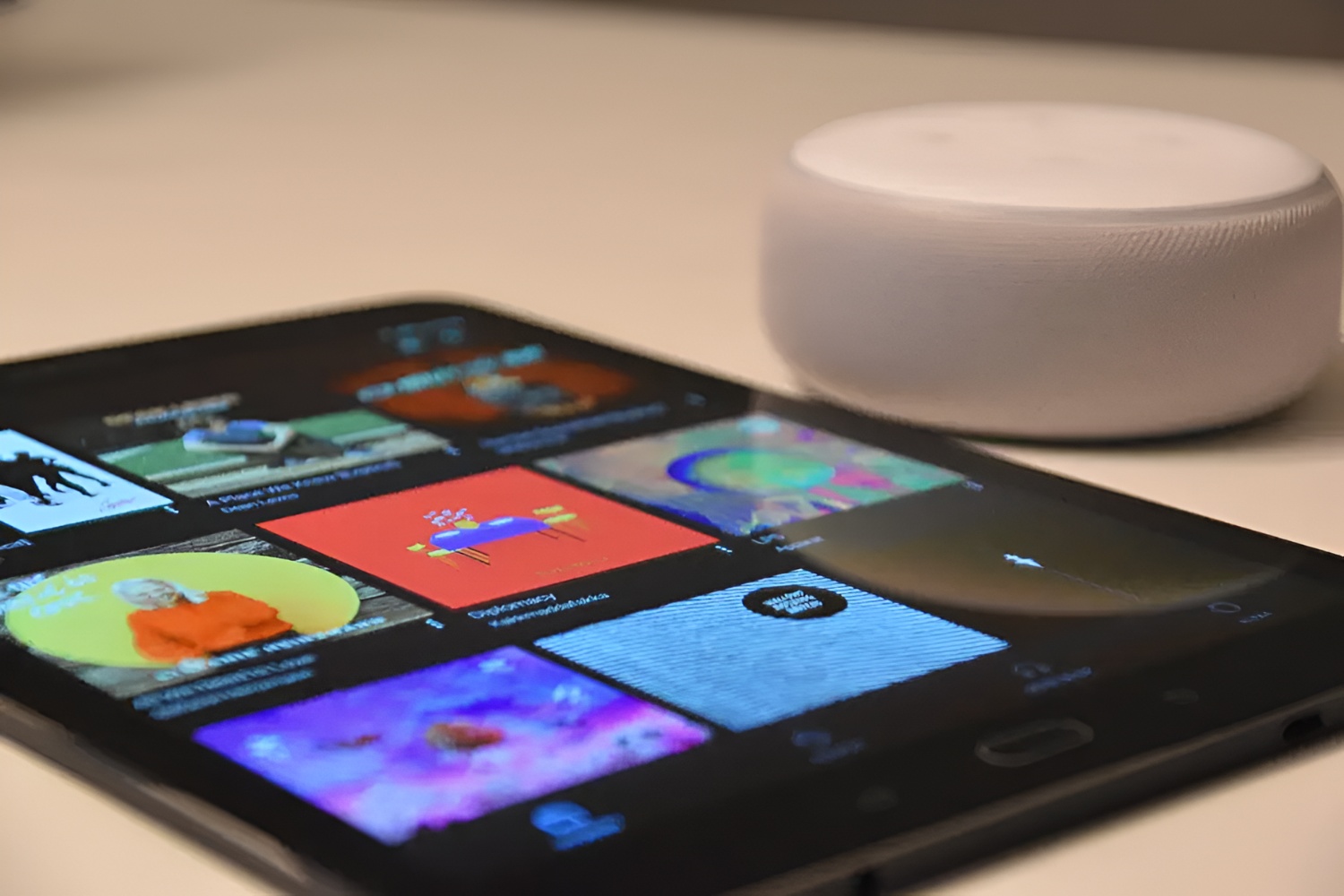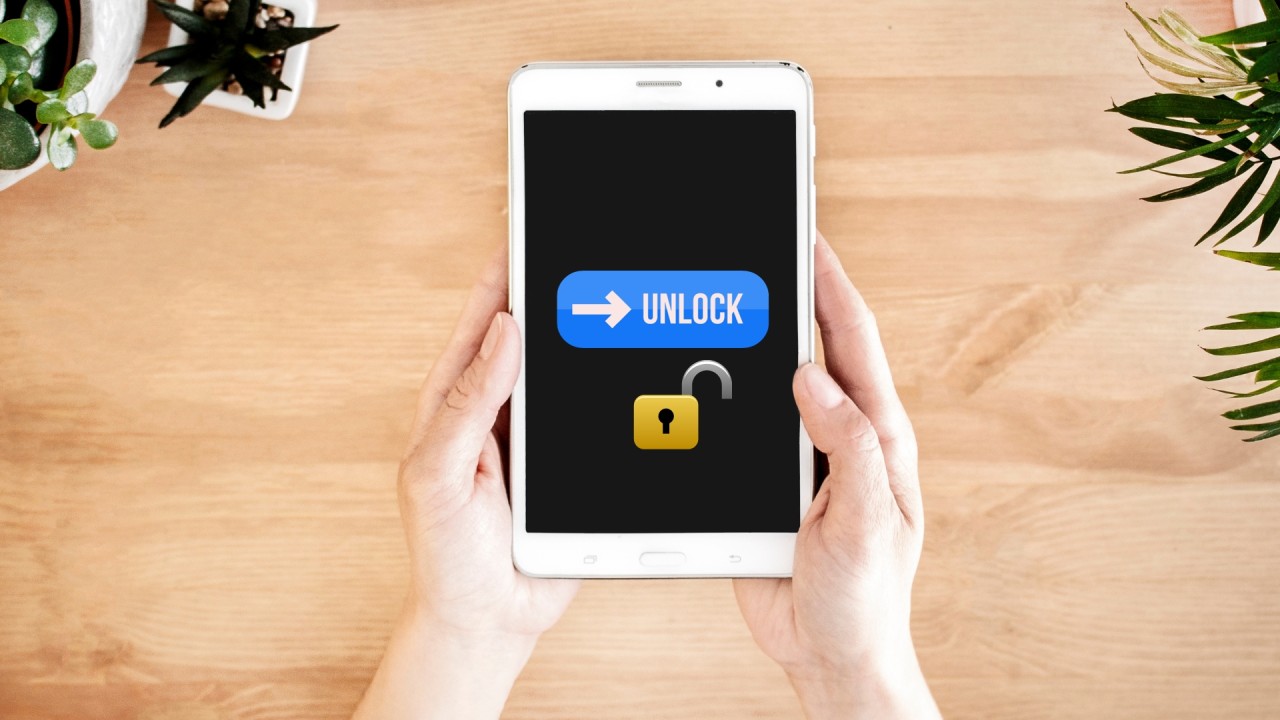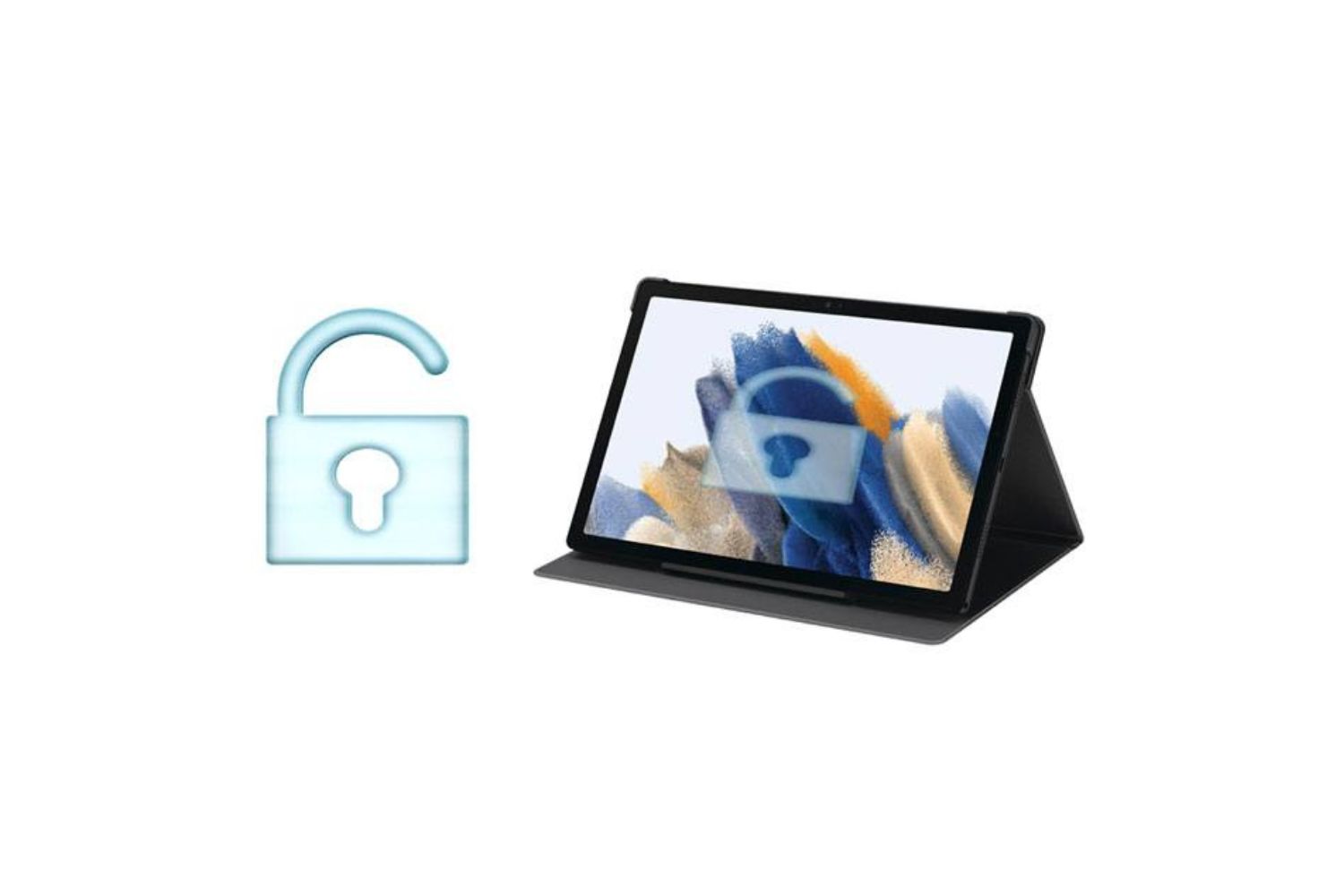Introduction
Welcome to the world of Samsung tablets, where convenience meets productivity. These sleek and powerful devices offer a wide range of features to enhance your digital experience. However, one aspect that can sometimes be a hassle is the lock screen. While it serves the purpose of protecting your device from unauthorized access, it can also be a source of frustration when you just want quick and easy access to your tablet.
If you’re tired of constantly unlocking your Samsung tablet every time you want to use it, you’re in luck. In this article, we will explore several methods that will help you disable the lock screen on your Samsung tablet, allowing for a more seamless and convenient user experience.
Whether you’re using a Samsung Galaxy Tab S7, Galaxy Tab A, or any other model, the methods outlined here can be applied across various Samsung tablet models and Android versions.
In the following sections, we will guide you through different approaches to disable the lock screen on your Samsung tablet. From using the built-in settings to utilizing third-party lock screen apps, you’ll have a range of options to choose from based on your preferences and requirements.
So, if you’re ready to bid farewell to the lock screen hassle and unleash the full potential of your Samsung tablet, let’s dive into the methods that will allow you to disable the lock screen with ease.
Background
The lock screen on a Samsung tablet serves as a security feature that prevents unauthorized access to your device. When enabled, it requires you to enter a PIN, pattern, password, or use biometric authentication, such as fingerprint or facial recognition, to unlock your tablet.
While the lock screen is essential for protecting your personal information and ensuring the privacy of your device, it can sometimes be inconvenient. Constantly having to enter your PIN or draw a pattern can be time-consuming, especially if you’re in a hurry or frequently need to access your tablet throughout the day.
Additionally, there are situations where disabling the lock screen can be beneficial. For instance, if you’re using your Samsung tablet at home or in a trusted environment, having the lock screen enabled might feel unnecessary. Disabling the lock screen can make using your tablet more efficient, as you can instantly access your apps, settings, and content without any extra steps.
It’s important to note that disabling the lock screen does come with a trade-off in terms of security. Without a lock screen, anyone with physical access to your tablet can easily unlock and access your personal data. Therefore, it’s crucial to consider your surroundings, the sensitivity of the information on your tablet, and the level of convenience you prioritize when deciding whether to disable the lock screen.
Now that we understand the purpose of the lock screen and the factors to consider, let’s explore several methods that will allow you to disable the lock screen on your Samsung tablet. From built-in settings to third-party lock screen apps, these methods offer flexibility and customization options to suit your needs.
Method 1: Using Settings
The first method to disable the lock screen on your Samsung tablet involves utilizing the device’s built-in settings. This method is straightforward and doesn’t require any additional apps or tools.
Here are the steps to disable the lock screen using the Settings:
- Open the “Settings” app on your Samsung tablet.
- Scroll down and tap on “Lock screen.”
- Next, tap on “Screen lock type” or a similar option, depending on your tablet model and Android version.
- Enter your current lock screen method (PIN, pattern, password) to proceed.
- Choose “None” or “Swipe” as the new lock screen method. This will disable the lock screen entirely or set it to a simple swipe gesture.
- Follow the prompts to confirm and save the changes.
Once you complete these steps, the lock screen on your Samsung tablet will be disabled. You’ll now have direct access to your tablet’s home screen without needing to enter a PIN, pattern, or password.
Keep in mind that by disabling the lock screen, you’re removing an important layer of security from your device. It’s essential to evaluate the risks involved and consider the environment in which you’ll be using your tablet. If you’re confident that your tablet will be in a secure location and you trust the people around you, this method can provide a more convenient user experience.
Remember, if you ever decide to reinstate the lock screen, you can easily do so by following the same steps and selecting your desired lock screen method from the settings.
Method 2: Using Smart Lock feature
The Smart Lock feature on Samsung tablets offers a convenient way to disable the lock screen in certain trusted situations. It allows your tablet to automatically unlock without requiring a PIN, pattern, or password when specific conditions are met.
Follow these steps to utilize the Smart Lock feature:
- Go to the “Settings” app on your Samsung tablet.
- Scroll down and tap on “Lock screen.”
- Tap on “Smart Lock” or a similar option, depending on your tablet model and Android version.
- You may need to enter your current lock screen method (PIN, pattern, password) to proceed.
- Select the desired Smart Lock option:
- Trusted Places: Add trusted locations (such as your home or workplace) where the lock screen will be disabled.
- Trusted Devices: Add trusted Bluetooth devices (such as your smartwatch or car stereo) that will automatically unlock your tablet when connected.
- On-body detection: Keep your tablet unlocked while it’s on your person (using device motion and other sensors).
- Voice Match: Use your voice to unlock your tablet. Note that this option may not be available on all Samsung tablets.
- Follow the prompts to set up and configure the Smart Lock feature.
Once you’ve set up the Smart Lock feature, your Samsung tablet will automatically disable the lock screen when the specified conditions are met. This allows for a seamless user experience and eliminates the need to enter a PIN, pattern, or password in those trusted situations.
It’s important to note that while the Smart Lock feature provides convenience, it’s crucial to consider the security implications. If your tablet is lost or stolen, it may remain unlocked if it’s in a trusted place or connected to a trusted device. Evaluate the risks involved and use this feature wisely.
You can always adjust or disable the Smart Lock feature by going back to the settings and modifying the trusted places, devices, or other options as needed.
Method 3: Using Microsoft Launcher
If you’re looking for a more comprehensive lock screen customization solution, you can consider using the Microsoft Launcher app on your Samsung tablet. Microsoft Launcher offers a range of features and allows you to personalize your lock screen according to your preferences.
Follow these steps to disable the lock screen using Microsoft Launcher:
- Install the Microsoft Launcher app from the Google Play Store if you haven’t already.
- Open the Microsoft Launcher app on your Samsung tablet.
- Tap on the “Settings” icon in the bottom right corner.
- Scroll down and select “Personalization.”
- Tap on “Lock screen” or a similar option.
- Choose the “Swipe” option or select “None” to disable the lock screen entirely.
- Follow any additional prompts or customization options available in the Microsoft Launcher app to set up your desired lock screen style.
By following these steps, you can disable the lock screen using Microsoft Launcher and enjoy a personalized and streamlined lock screen experience on your Samsung tablet.
In addition to disabling the lock screen, Microsoft Launcher offers various customization options, such as adding widgets, changing wallpapers, and integrating your Microsoft account for seamless access to your Microsoft apps and services. Explore the settings and features of Microsoft Launcher to further enhance your tablet’s lock screen and personalize it to your liking.
Remember that if you decide to revert to the default lock screen or explore other lock screen customization options, you can always return to the settings and make the necessary adjustments in the Microsoft Launcher app.
Method 4: Using third-party lock screen apps
If you’re seeking even more customization options and features for your lock screen, you can explore the wide range of third-party lock screen apps available on the Google Play Store. These apps offer a plethora of designs, animations, and functionalities to enhance your lock screen experience on your Samsung tablet.
Here are the general steps to follow when using a third-party lock screen app:
- Open the Google Play Store on your Samsung tablet.
- Search for “lock screen apps” or browse the “Personalization” category to find a suitable app.
- Select a lock screen app that appeals to you and meets your needs.
- Tap on the “Install” button to download and install the app on your tablet.
- Once installed, open the lock screen app and follow any setup or customization instructions provided.
- Configure the lock screen app according to your preferences, such as choosing a design, setting up shortcuts or widgets, or customizing unlock animations.
- Depending on the lock screen app you choose, you may need to disable the default lock screen on your Samsung tablet. This can usually be done through the app’s settings or by following the instructions provided.
By using third-party lock screen apps, you can enjoy a unique and personalized lock screen experience on your Samsung tablet. These apps offer a wide range of designs, themes, and features that can transform your lock screen into something truly unique and tailored to your style.
Additionally, many lock screen apps provide additional functionalities such as weather displays, quick access to your favorite apps, or even integrated security features like intruder selfies or pattern disguises.
Keep in mind that while third-party lock screen apps offer extensive customization options, it’s important to choose trusted apps from reputable developers. Read user reviews and stick to apps with high ratings to ensure a safe and reliable experience.
If at any point you wish to revert to the default lock screen or try a different app, you can easily uninstall the third-party lock screen app and return to the default settings on your Samsung tablet.
Conclusion
Disabling the lock screen on your Samsung tablet can be a liberating experience, providing quick and convenient access to your device. Whether you’re tired of entering a PIN or pattern each time or prefer a more personalized lock screen solution, the methods discussed in this article offer flexibility and customization to meet your needs.
In Method 1, we explored how to disable the lock screen using the built-in settings on your Samsung tablet. This method provides a straightforward way to remove the lock screen entirely or use a simple swipe gesture.
For those seeking a balance between security and convenience, Method 2 introduced the Smart Lock feature. By configuring trusted places, devices, and biometric options, you can automatically disable the lock screen in certain trusted situations.
In Method 3, we discussed how using the Microsoft Launcher app offers extensive lock screen customization options, allowing you to personalize your experience according to your preferences.
Lastly, Method 4 introduced the world of third-party lock screen apps. These apps provide a wide range of designs and features to transform your lock screen and create a unique user experience.
Remember to consider the trade-off between convenience and security when deciding to disable the lock screen on your Samsung tablet. Assess the environment in which you’ll be using your device and evaluate the risks accordingly.
By following these methods, you can enhance your tablet experience and streamline your access to apps, settings, and content without the need for constant lock screen authentication.
Explore the methods discussed in this article and choose the one that suits your preferences and requirements. Don’t hesitate to experiment and find the solution that provides the perfect balance between accessibility and security for your Samsung tablet.
Now, go ahead and enjoy a hassle-free, personalized, and more efficient user experience on your Samsung tablet!







